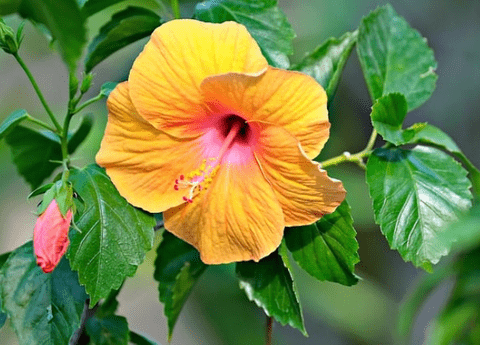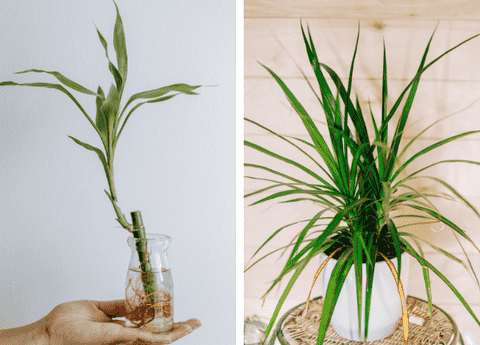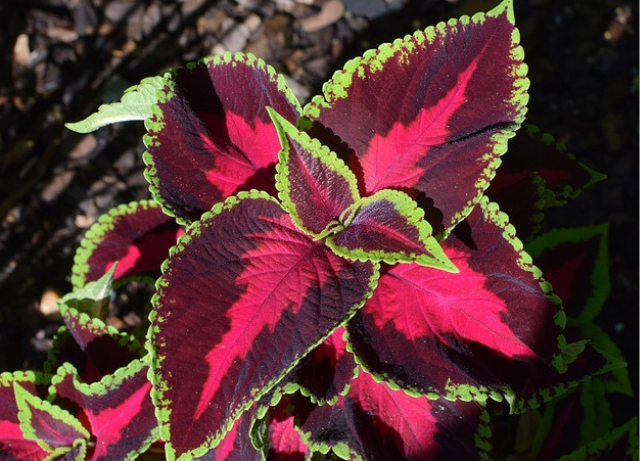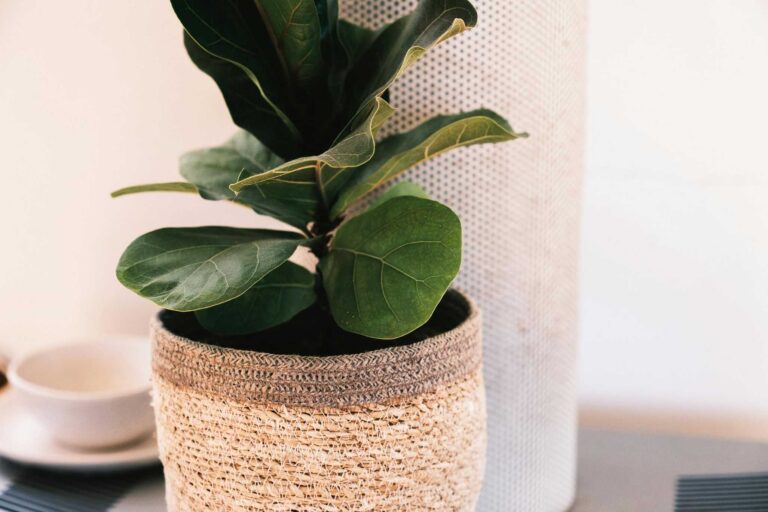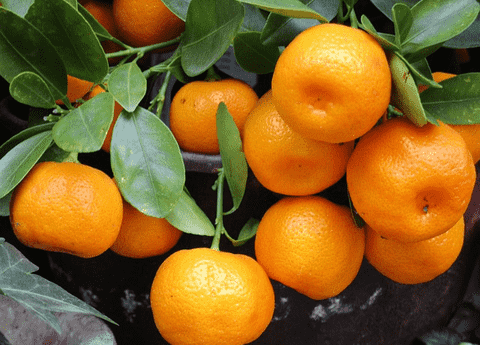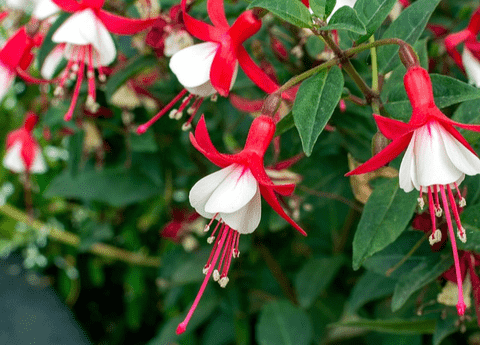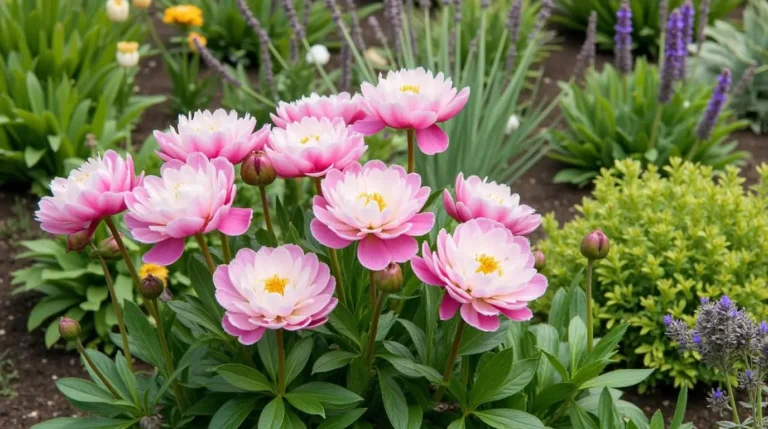Hibiscus Care: Guide to Growing and Caring for Hibiscus Plants
Table of Contents
Hibiscus plants, with their vibrant blooms and lush foliage, are a stunning addition to any garden, bringing a tropical flair to even the most temperate climates. Whether you are a seasoned gardener or a novice with a budding interest in horticulture, understanding the essentials of hibiscus care is key to nurturing these beautiful plants. From selecting the right variety and planting location to mastering watering, feeding, and pruning techniques, this guide will provide you with all the knowledge you need to successfully grow and maintain healthy hibiscus plants. Dive into the world of hibiscus care and transform your garden into a colorful oasis.
Choosing the Right Hibiscus
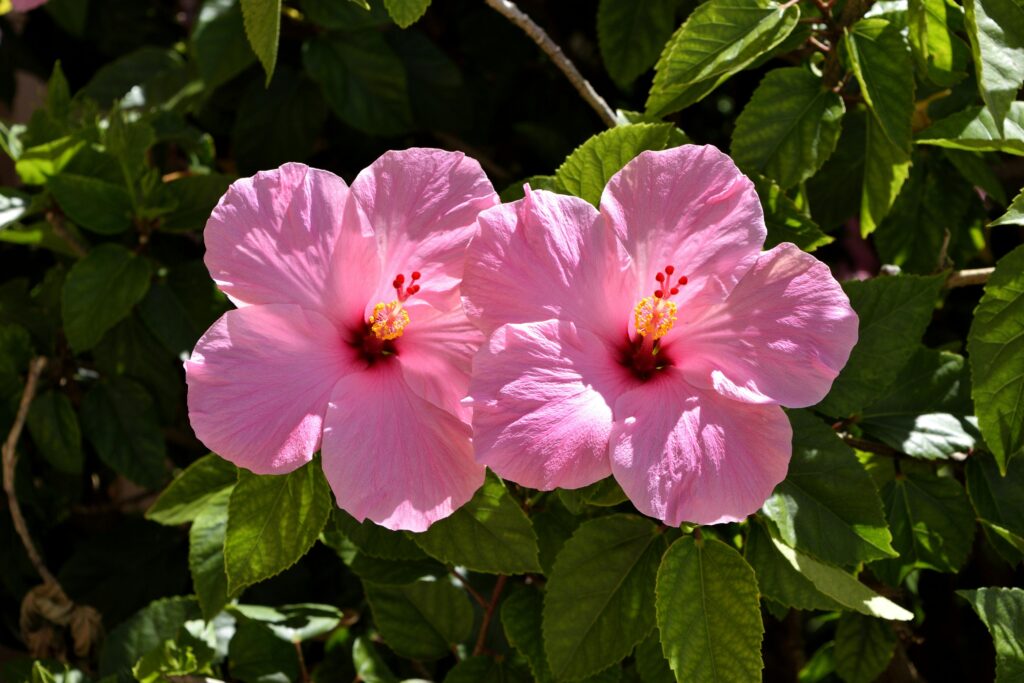
Types of Hibiscus
Hibiscus plants come in various types, each offering unique blooms and growing conditions. The most common types are Tropical Hibiscus (Hibiscus rosa-sinensis) and Hardy Hibiscus (Hibiscus moscheutos).
Tropical Hibiscus is known for its glossy leaves and vibrant flowers, which come in a wide range of colors like red, pink, yellow, and orange. These plants thrive in warm climates and make excellent container plants.
On the other hand, Hardy Hibiscus is more tolerant of cooler climates and can withstand frost. They produce large, showy flowers, usually in shades of white, red, and pink. Understanding the differences between these types will help you choose the right hibiscus for your garden’s climate and aesthetic needs. Consider your local weather conditions and the specific requirements of each type to ensure successful growth and stunning blooms.
Selecting a Planting Site
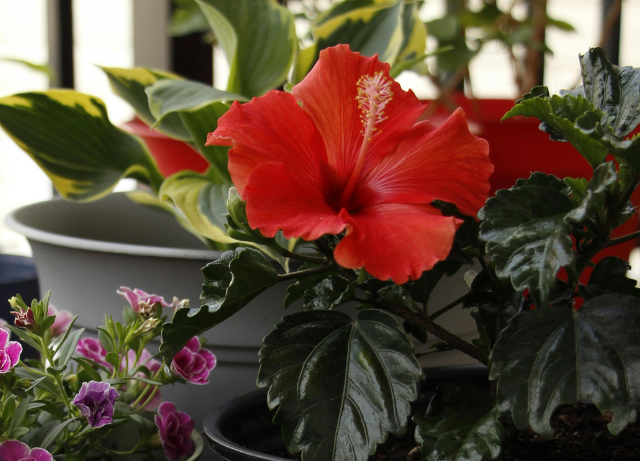
Choosing the right planting site is crucial for the health and growth of your hibiscus plants. Hibiscus thrives in locations that receive full sun for at least six hours a day. Ensure the site has well-draining soil to prevent root rot, as hibiscus plants do not like to sit in waterlogged conditions. A slightly acidic to neutral pH level in the soil is ideal. Additionally, consider the plant’s mature size and provide enough space for it to grow without overcrowding. If you live in a region with harsh winters, planting hibiscus near a south-facing wall can offer some protection from cold winds. For container planting, choose a large pot with drainage holes and place it in a sunny spot. Proper site selection will set the foundation for a flourishing hibiscus, allowing it to showcase its vibrant blooms and lush foliage.
Planting and Initial Care
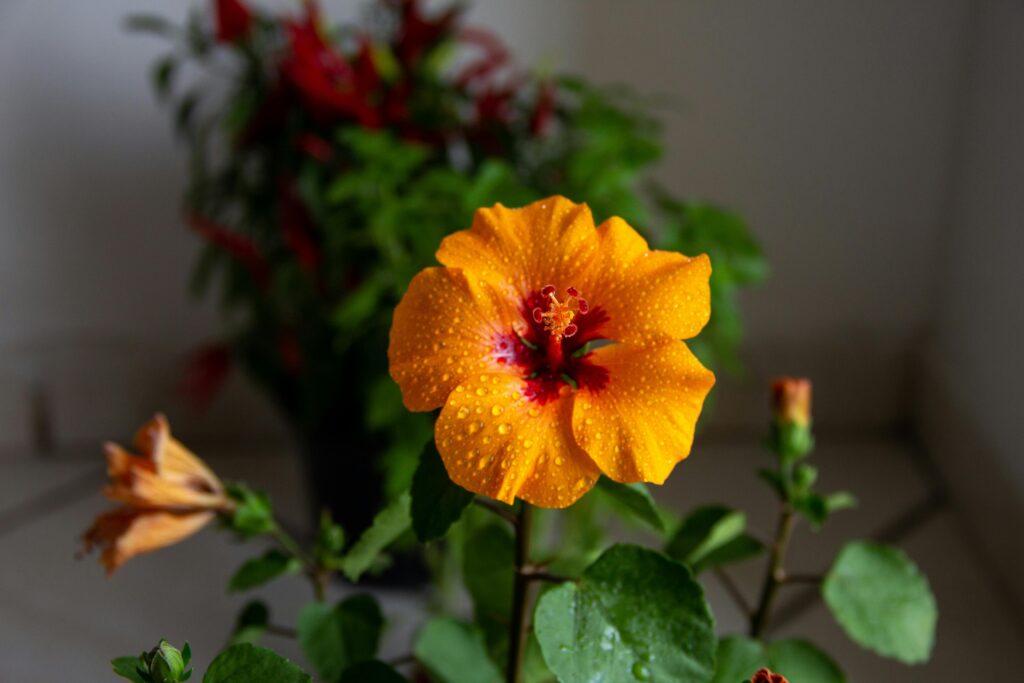
Preparing the Soil
Preparing the soil properly is essential for the successful growth of your hibiscus plants. Start by testing the soil’s pH level, aiming for a slightly acidic to neutral range (6.0 to 7.0). Amend the soil as needed to achieve this balance. Incorporate organic matter such as compost or well-rotted manure to improve soil structure, drainage, and nutrient content. Hibiscus plants prefer loamy soil that retains moisture yet drains well. If you have heavy clay soil, try mixing in sand or perlite to improve drainage. Before planting, loosen the soil to a depth of about 12 to 15 inches to promote healthy root growth. Additionally, mixing in a slow-release fertilizer can provide essential nutrients during the plant’s initial growth phase. Proper soil preparation sets the stage for robust hibiscus plants that can thrive and produce stunning blooms in your garden.
Watering Guidelines
Ensuring your hibiscus plants receive the right amount of water is crucial for their health and vitality. Hibiscus needs regular watering but cannot withstand waterlogged conditions. Water your plants deeply and thoroughly, ensuring the water reaches the root zone. During the growing season, keep the soil evenly moist but allow the top inch to dry out between waterings.
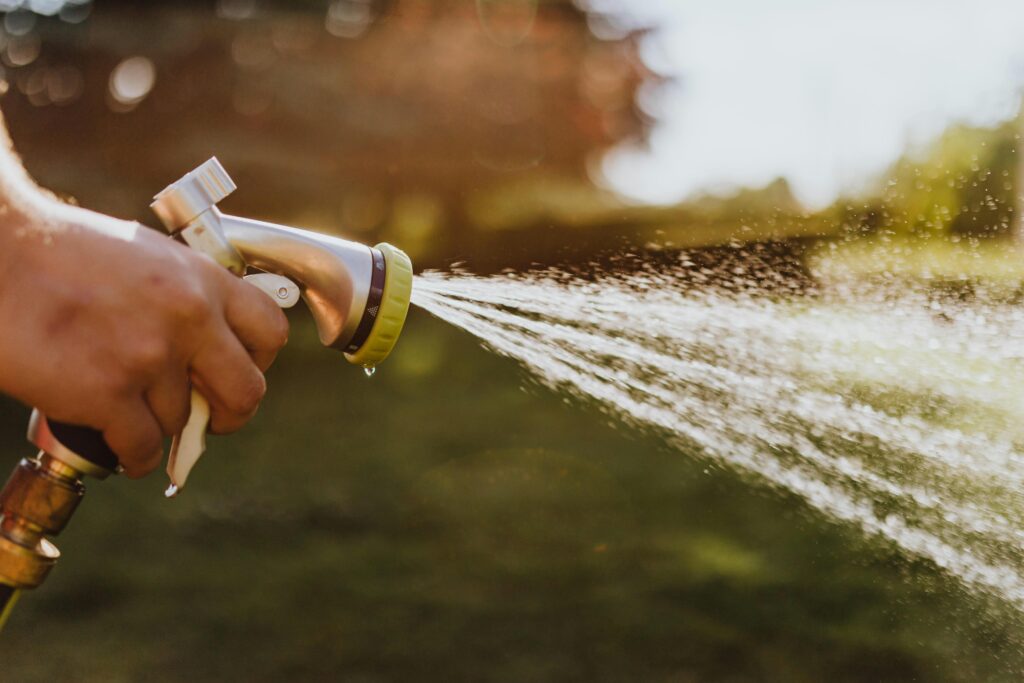
Overwatering can lead to root rot and other fungal diseases, while underwatering can cause stress and limit blooming. In hot weather, you may need to water more frequently, especially if your hibiscus is in a container, as pots dry out faster than garden beds. Applying mulch around the base of the plant helps retain soil moisture and decreases the need for frequent watering. Track the weather conditions and tweak your watering schedule as necessary. Proper watering practices will ensure your hibiscus remains healthy, vibrant, and capable of producing stunning flowers throughout the growing season.
Ongoing Hibiscus Maintenance
Pruning Techniques
Pruning is an essential part of maintaining a healthy and attractive hibiscus plant. Proper pruning encourages new growth, enhances blooming, and helps maintain the plant’s shape. The best time to prune hibiscus is in early spring, just before the growing season begins. Start by removing any dead, damaged, or diseased branches to prevent the spread of pathogens. Next, thin out any overcrowded areas to improve air circulation, which reduces the risk of fungal infections. When pruning, make clean cuts just above a node or bud to encourage new growth. It’s also beneficial to occasionally trim back the tips of branches to promote bushier growth and more flowers. For tropical hibiscus, light pruning throughout the year can keep the plant looking tidy. Avoid heavy pruning during late fall or winter, as this can stress the plant. Regular, mindful pruning ensures that your hibiscus remains healthy and continues to produce vibrant, abundant blooms.
Pest and Disease Management

Managing pests and diseases is crucial to keeping your hibiscus plants healthy. Common pests include aphids, spider mites, and whiteflies, which can damage leaves and flowers. Check your plants frequently for signs of infestation, like discolored leaves or webbing. Try using insecticidal soap or neem oil to manage minor infestations. For severe cases, consider introducing beneficial insects like ladybugs to your garden. Diseases such as root rot and leaf spots can affect hibiscus, often caused by overwatering or poor air circulation. Ensure proper watering practices and prune to improve airflow around the plant. Fungicidal treatments can help manage fungal infections, but prevention is key. Remove and discard any infected plant material to stop the disease from spreading. Maintaining a clean garden environment and monitoring your hibiscus regularly will help you catch and address issues early, ensuring your plants stay healthy and vibrant.

